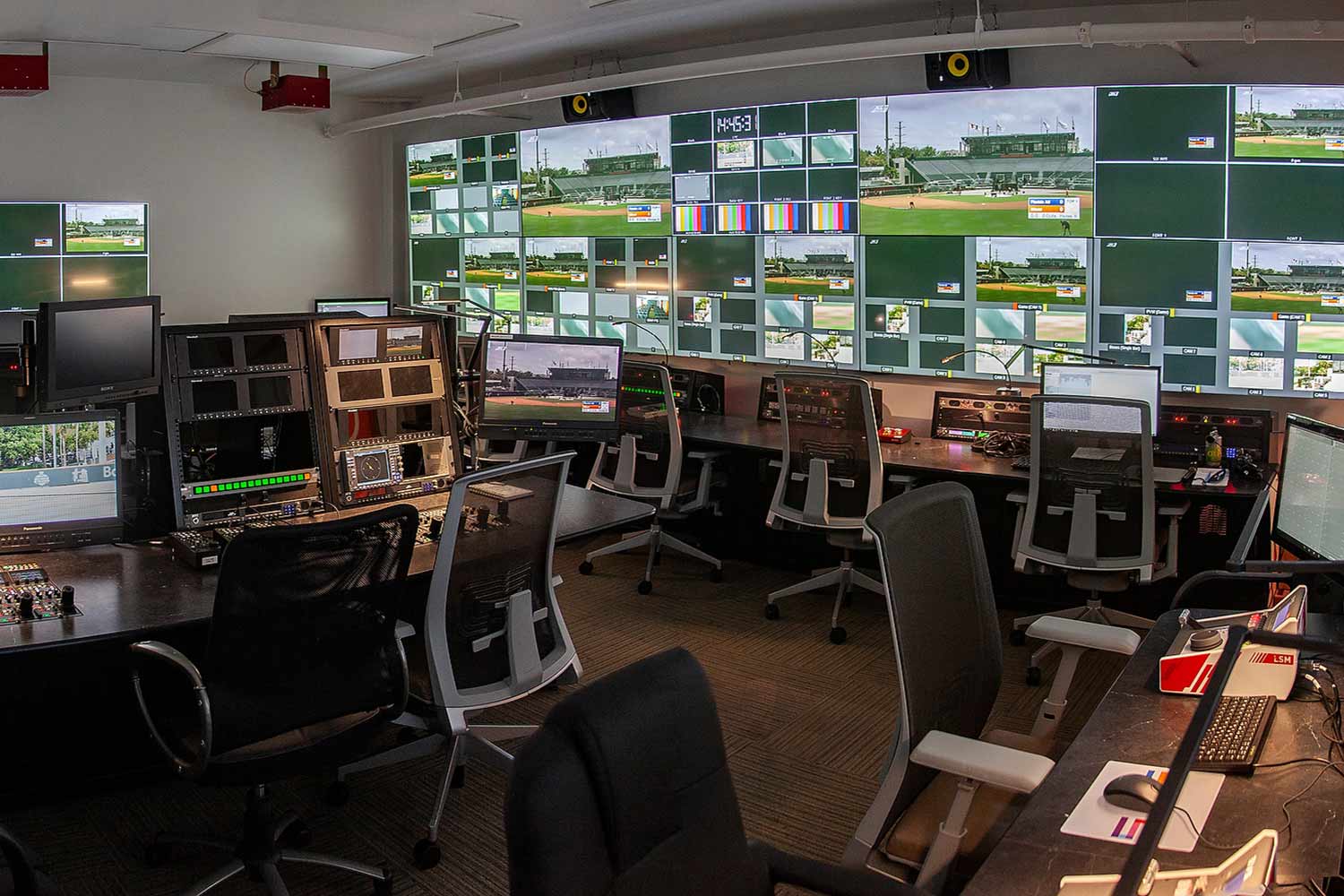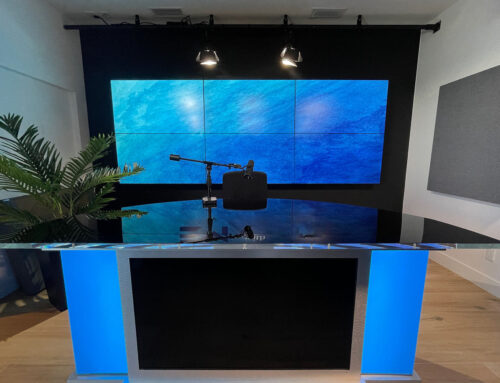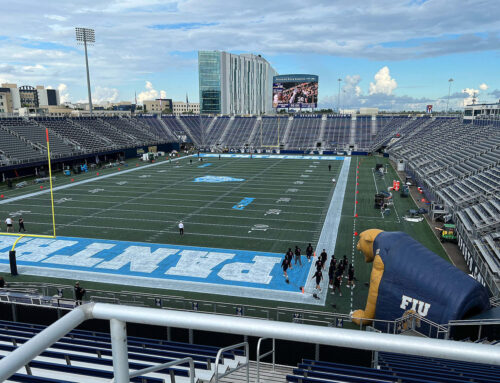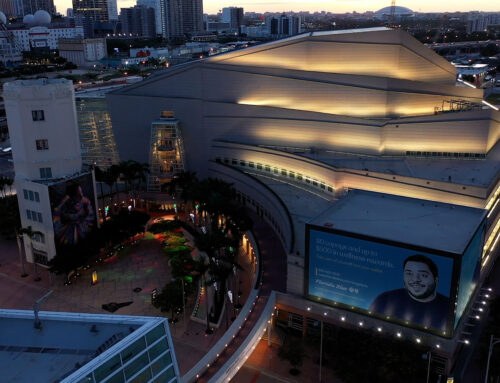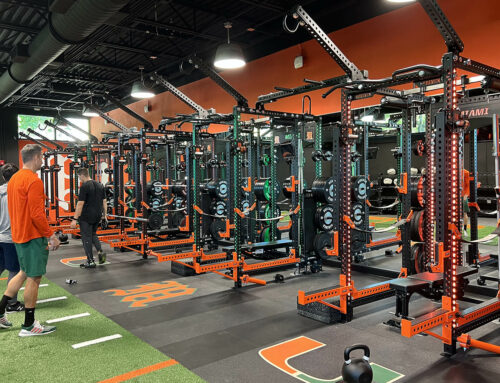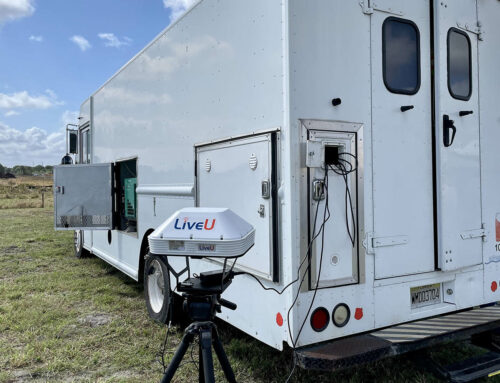University of Miami Athletics Upgrades Video Facilities to Deliver Hurricanes Sports to ESPN’s New ACC Network
How Midtown Video designed and built a centralized, ESPN-compliant HDTV broadcast production facility enabling University of Miami Athletics to Contribute Live “Hurricanes” Games to the ACC Network
When ESPN officially launches its ACC Network (ACCN) on August 22, 2019, this cable/satellite network will broadcast Atlantic Coast Conference (ACC) sporting events, including the University of Miami’s (UM) Hurricanes NCAA Division I sports. Rather than ESPN pulling up a broadcast truck to the campus, UM will contribute its own live, linear HD production to the network.
To prepare for this high-profile sports programming opportunity, the Athletics Department at the University of Miami—a private research university serving over 17,000 students, and ACC member—has completed a massive upgrade of its digital broadcasting facilities—in the Hecht Athletics Center on UM’s Coral Gables, FL campus—to meet ESPN’s HDTV production standards and technical specifications.
Seeking to maximize every dollar and piece of gear, UM Athletics turned to Midtown Video –its long-time systems integration vendor in Miami—for the design, installation, systems integration and management of an end-to-end workflow that enables centralized production of games being played in multiple athletics venues across its campus.

“We knew at the start of this project that we would be asking a lot of Midtown Video,” said Drew Thomas, Director of Production Services for the University of Miami. “It doesn’t rain money here at the University of Miami, so we knew we needed to maximize our budget and equipment purchases, without compromising the production quality we’re contractually obligated to provide ESPN.”
With an 18-month lead-time, UM’s Athletics Department worked closely with Midtown Video to build a live, linear HD broadcast control room, a secondary digital streaming control room, an audio mixing suite, and machine room—all of which share access to video and audio production signals and resources. Midtown also devised field production solutions at several campus athletics venues to support live remote, digital, and in-game video board production. University of Miami sports to be featured on the ACC Network include: baseball, basketball, soccer, volleyball, tennis, and track and field.
The Midtown solution also featured an innovative use of Audinate Dante IP-based audio routing, digital audio mixing, and internal production communications channels resulting in unprecedented operational flexibility.
“Midtown carefully considered our goals to determine precisely what we needed, and more importantly, to pare down what we didn’t need, while still enabling us to produce a really solid show cost-effectively,” Thomas added.

